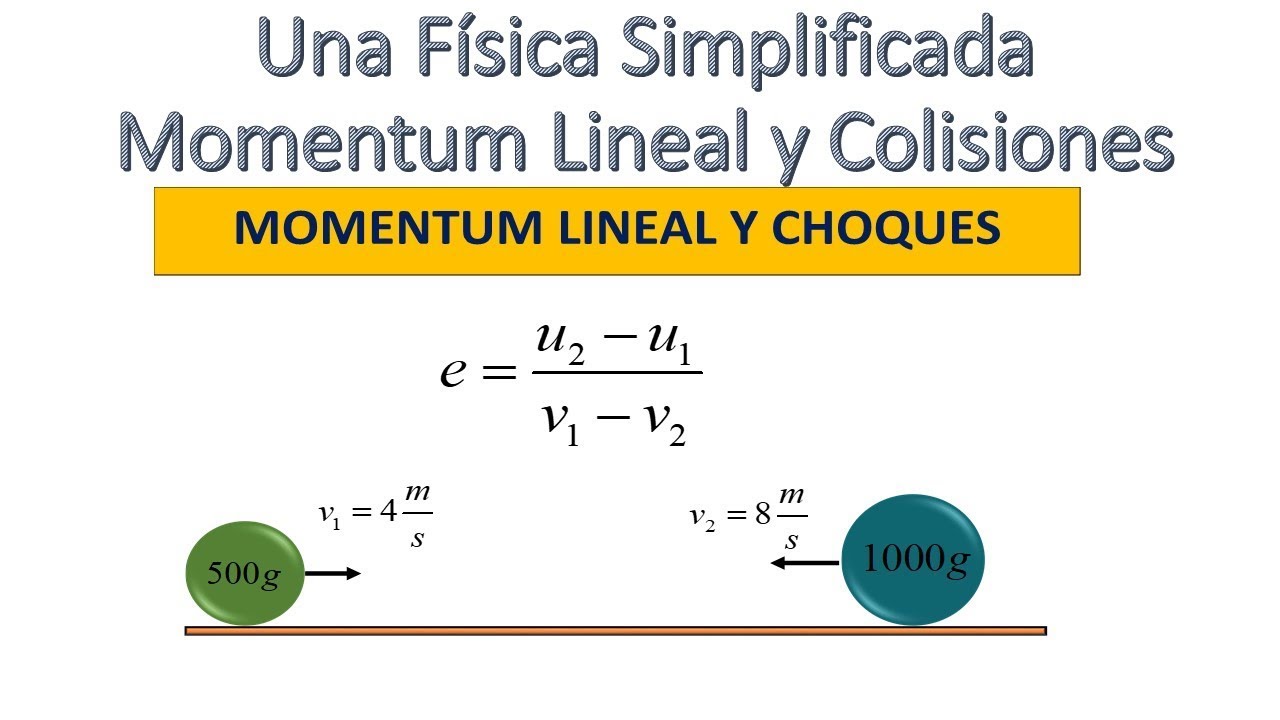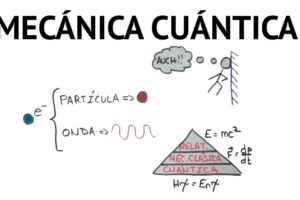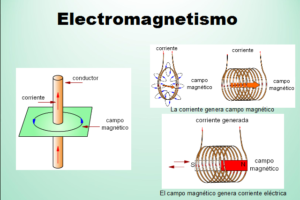Description
With this free course of 16 video lessons you will learn about the most important concepts of Linear Momentum in Physics
The amount of motion, linear momentum, momentum, or momentum is a physical magnitude derived from the vector type that describes the motion of a body in any mechanical theory. In classical mechanics, the amount of motion is defined as the product of the mass of the body and its velocity at a given instant. Historically, the concept dates back to Galileo Galilei. In his work Discourses and mathematical demonstrations around two new sciences, he uses the Italian term impeto, while Isaac Newton in Principia Mathematica uses the Latin term motus1 (movement) and vis motrix (motive force).
The concrete definition of quantity of motion differs from one mechanical formulation to another: in Newtonian mechanics it is defined for a particle simply as the product of its mass by velocity, in Lagrangian or Hamiltonian mechanics more complicated forms are admitted in non-Cartesian coordinate systems, in the theory of relativity the definition is more complex even when inertial systems are used, and in quantum mechanics its definition requires the use of self-adjoint operators defined on an infinite-dimensional vector space.
In Newtonian mechanics, the most common way to introduce the amount of motion is as the product of the mass (kg) of a material body by its velocity (m/s), and then analyze its relationship to Newton's laws. However, after the development of modern physics, this way of operating did not turn out to be the most convenient to address this fundamental magnitude. The main flaw is that this Newtonian definition hides the inherent concept of magnitude, which turns out to be a property of any physical entity with or without mass, necessary to describe interactions. Current models consider that not only mass bodies possess an amount of motion, it also happens to be an attribute of fields and photons.
The amount of motion obeys a conservation law, which means that the amount of total motion of any closed system (i.e. one that is not affected by external forces, and whose internal forces are not dissipating) cannot be changed and remains constant over time.
In the geometric approach of relativistic mechanics the definition is somewhat different. In addition, the concept of linear momentum can be defined for physical entities such as photons or electromagnetic fields, which lack rest mass.






Reviews
There are no reviews yet.